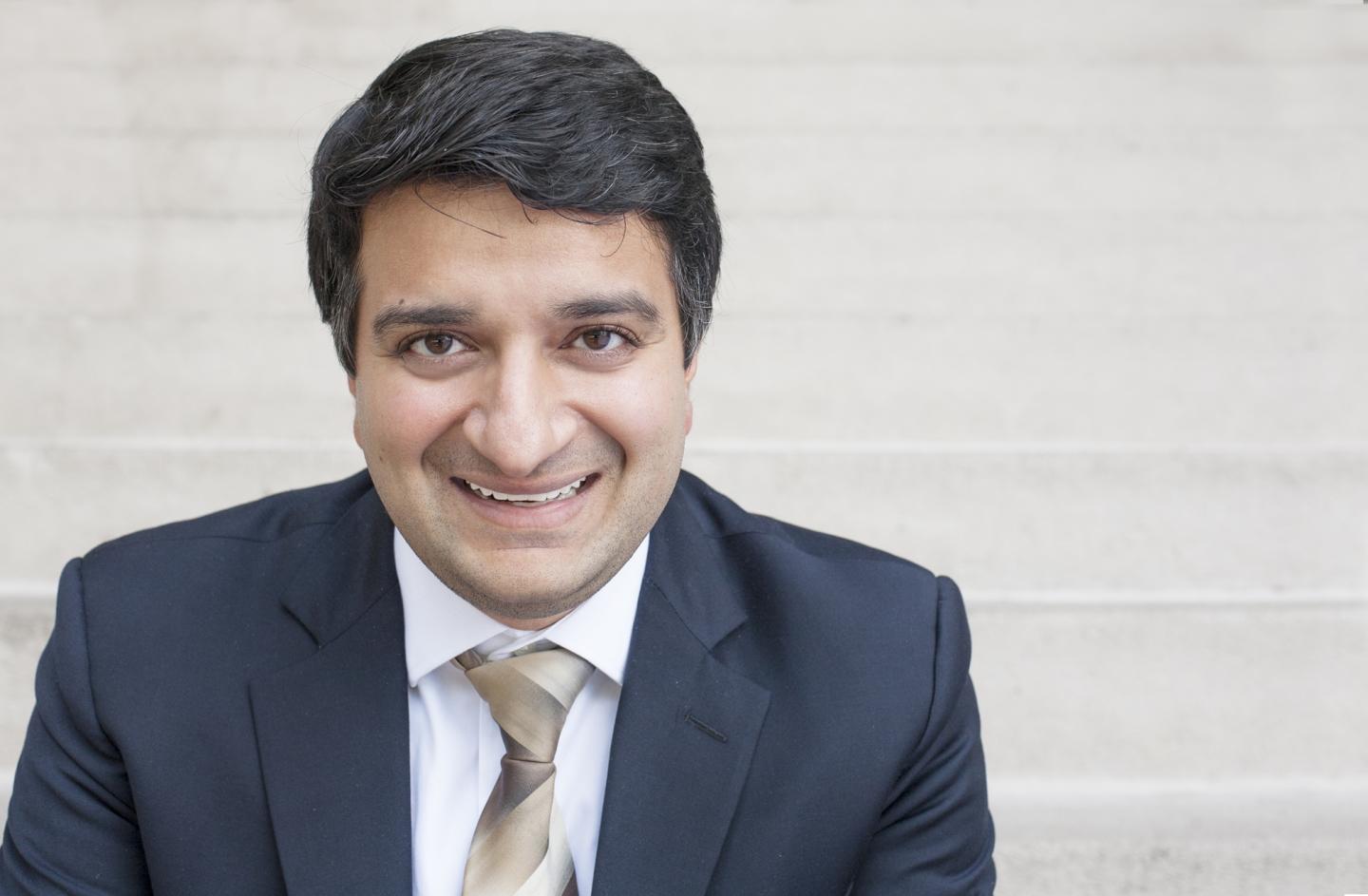
Credit: Hope Foundation for Cancer Research
A combination of two common immunotherapy drugs shrinks rare, aggressive neuroendocrine tumors, according to new research results presented at the American Association for Cancer Research Annual Meeting 2019, held March 29-April 3 in Atlanta.
Results from the SWOG Cancer Research Network trial known as DART, short for Dual Anti-CTLA-4 and Anti-PD-1 Blockade in Rare Tumors, show a significant clinical benefit for patients with high-grade neuroendocrine carcinoma, a cancer of the neuroendocrine cells that often forms tumors in the lungs and along the digestive tract. This cancer is rare – about 12,000 people in the U.S. are diagnosed each year – but the general prevalence of the disease grew six-fold between 1973 and 2012. Patients with the high-grade, or rapidly growing, form have few treatment options.
“We saw a benefit in patients with high-grade carcinoma, which is the population that really needs an effective treatment option,” said Sandip Patel, MD, the DART clinical study chair, an associate professor of medicine at the University of California at San Diego School of Medicine, and a medical oncologist with Moores Cancer Center at UC San Diego Health.
“These early results are really encouraging – and intriguing,” Patel said. “We found a clear difference in response to treatment between the high-grade and low-grade forms of this cancer type. So tumor biology makes a difference. We don’t yet know why, but we’ve opened another treatment arm of the trial to patients with just high-grade neuroendocrine carcinoma to see if we see the same response to the immunotherapy combination.”
The DART trial, also known as S1609, is managed by SWOG, the cancer clinical trials group that is part of the National Cancer Institute’s National Clinical Trials Network (NCTN). DART features an innovative “basket” design which allows the testing of a single drug or drug combination in a variety of tumor types. DART currently tests the immunotherapy combination of ipilimumab and nivolumab in patients with 37 types of rare cancers, which together make up almost a quarter of all cancers diagnosed worldwide.
Results presented at the AACR Annual Meeting 2019 represent one of the 37 cohorts of DART, in which researchers enrolled 33 patients with neuroendocrine tumors. Of those 33 patients, 19 had high-grade disease. Most patients’ tumors were located in the gastrointestinal tract or the lungs. All patients received doses of ipilimumab every six weeks and doses of nivolumab every two weeks, and continue on the treatment for as long as their bodies respond to the drugs.
Results showed that 42 percent of patients with the high-grade form of neuroendocrine carcinomas saw their tumors shrink partially or completely after treatment, while none of the low-grade patients did. For all patients, 70 percent saw their cancer spread within six months. Patients survived a median of at least 11 months after treatment. Some patients are alive more than a year after treatment, and doctors continue to track their progress on the study drugs.
DART has enrolled over 550 patients since it opened in 2017 – an uncommon success for a rare cancers trial. The trial is open at over 800 hospitals, cancer centers, and community clinics across the U.S., widespread availability that is a unique feature of trials run through the NCTN and the NCI’s Community Oncology Research Program.
“There’s a myth that you can’t successfully complete clinical trials in rare cancers,” Patel said. “Researchers think it’s too hard to find patients. But DART shows us that we can run rare cancer trials, and enroll patients quickly and learn if therapies are effective in rare diseases. Through the NCTN, we can also offer investigational drugs to patients right in their communities. They don’t necessarily need to travel to a cancer center to get enrolled in a clinical trial.”
###
DART is funded by the National Institutes of Health through National Cancer Institute grant awards CA180888, CA180819, CA180821, and CA180820 and in part by Bristol-Myers Squibb.
The DART team includes Megan Othus, PhD, of SWOG and Fred Hutchinson Cancer Research Center; Young Kwang Chae, MD, of Northwestern University; Francis Giles, MD, formerly of Northwestern University and now at NEOMED Therapeutics; Donna Hansel, MD, of UCSD Moores Cancer Center; Preet Singh, MD, of Springfield Clinic; Annette Fontaine, MD, of New Mexico Cancer Center; Manisha Shah, MD, of The Ohio State University Comprehensive Cancer Center; Anup Kasi, MD, MPH, of the University of Kansas Cancer Center; Tareq Al Baghdadi. MD, of St. Joseph Mercy Hospital; Marc Matrana, MD, of Ochsner Clinic Foundation; Zoran Gatalica, MD, DSc, of Caris Life Sciences; W. Michael Korn, MD, of Caris Life Sciences and the UCSF Helen Diller Family Comprehensive Cancer Center; Jourdain Hayward of the SWOG Statistics and Data Management Center; Christine McLeod of the SWOG Statistics and Data Management Center; Helen X. Chen, MD, of the National Cancer Institute; Elad Sharon, MD, of the National Cancer Institute; Edward Mayerson, MS, of the SWOG Statistics and Data Management Center; Christopher Ryan, MD, of Oregon Health & Science University; Melissa Plets, MS, of the SWOG Statistics and Data Management Center; Charles D. Blanke, MD, of the SWOG Group Chair’s Office; and Razelle Kurzrock, MD, of UCSD Moores Cancer Center.
SWOG Cancer Research Network is part of the National Cancer Institute’s National Clinical Trials Network and the NCI Community Oncology Research Program, and is part of the oldest and largest publicly-funded cancer research network in the nation. SWOG has nearly 12,000 members in 46 states and six foreign countries who design and conduct clinical trials to improve the lives of people with cancer. SWOG trials have led to the approval of 14 cancer drugs, changed more than 100 standards of cancer care, and saved more than 3 million years of human life. Learn more at swog.org.
Media Contact
Wendy Lawton
[email protected]




